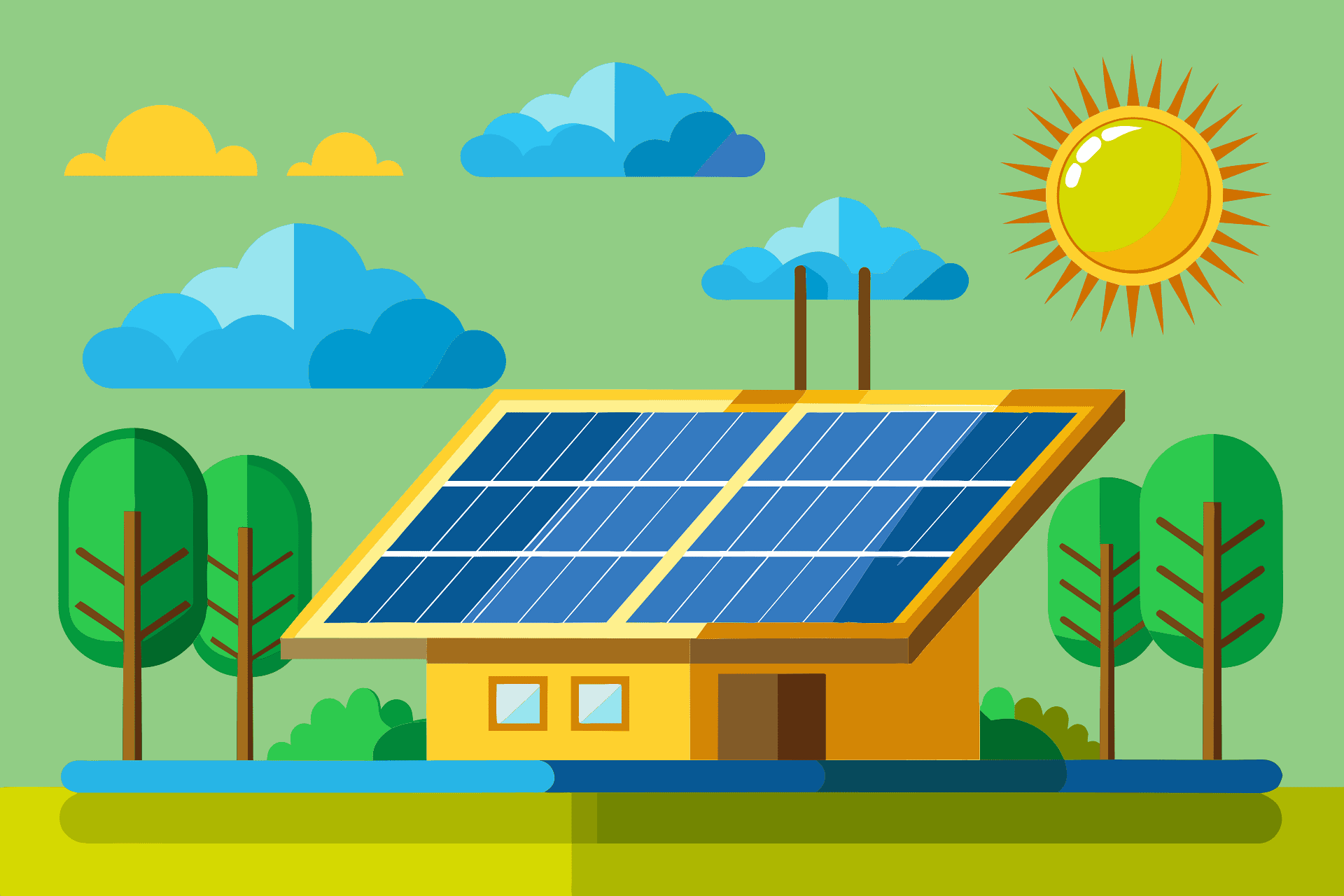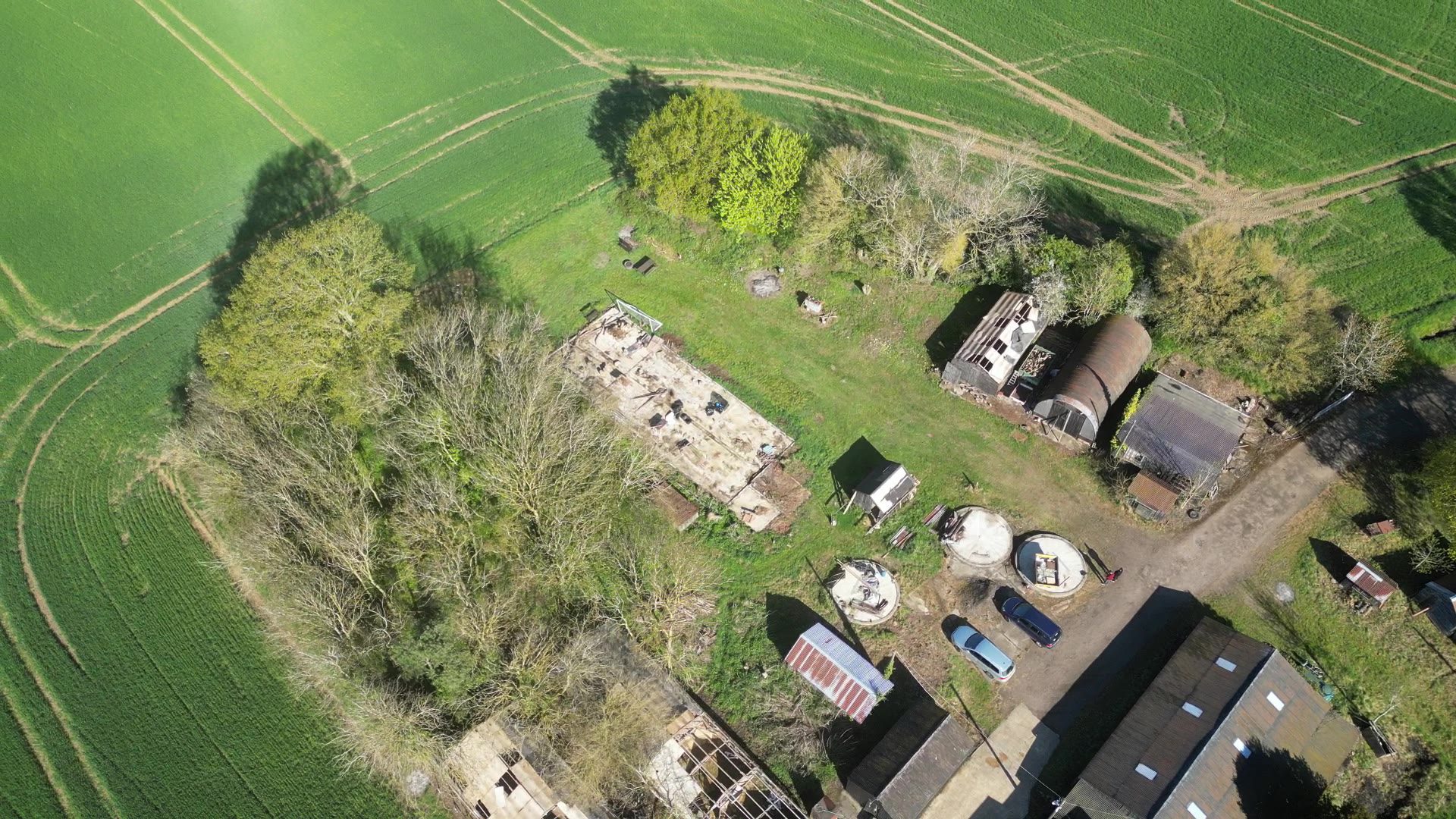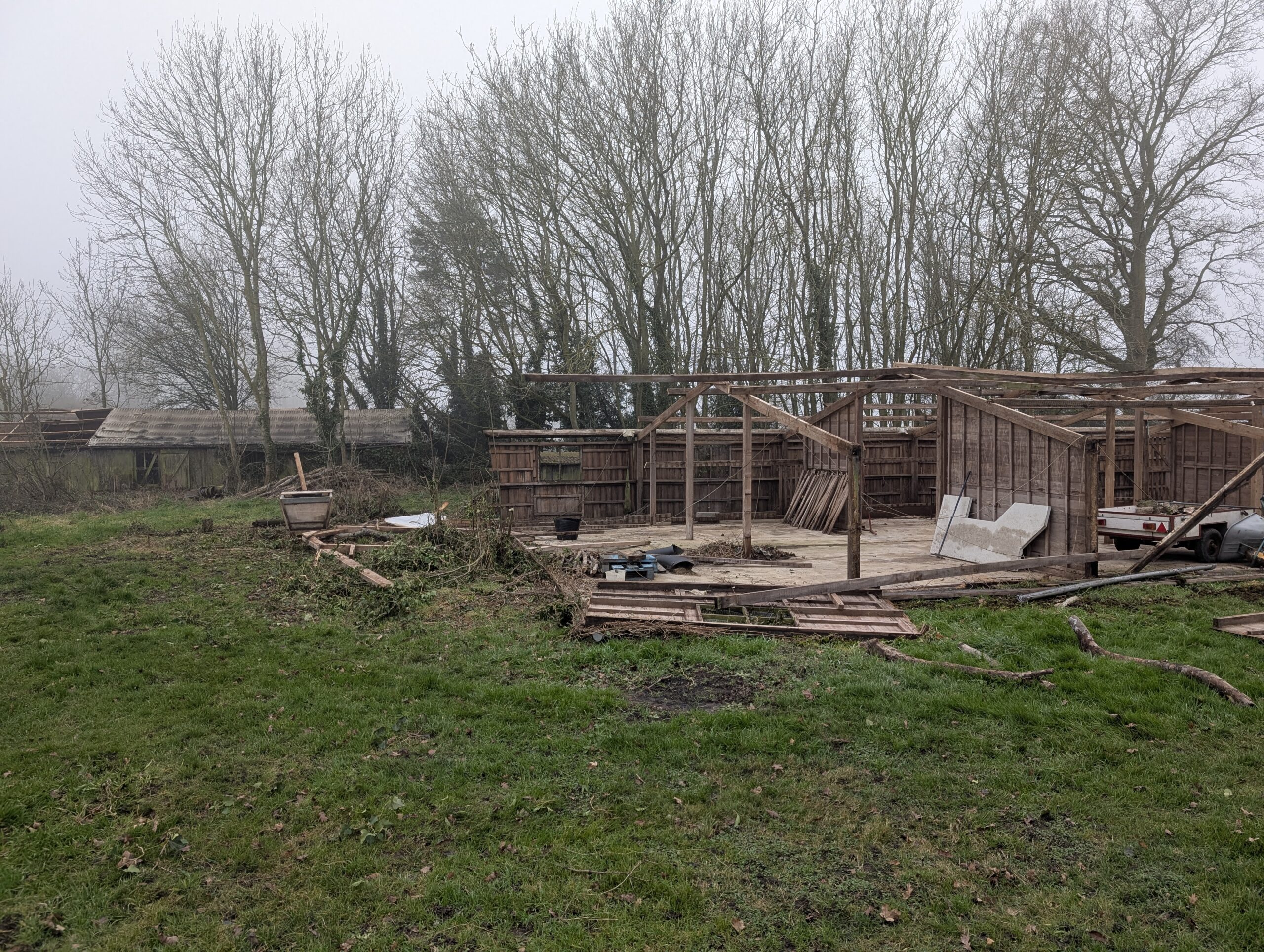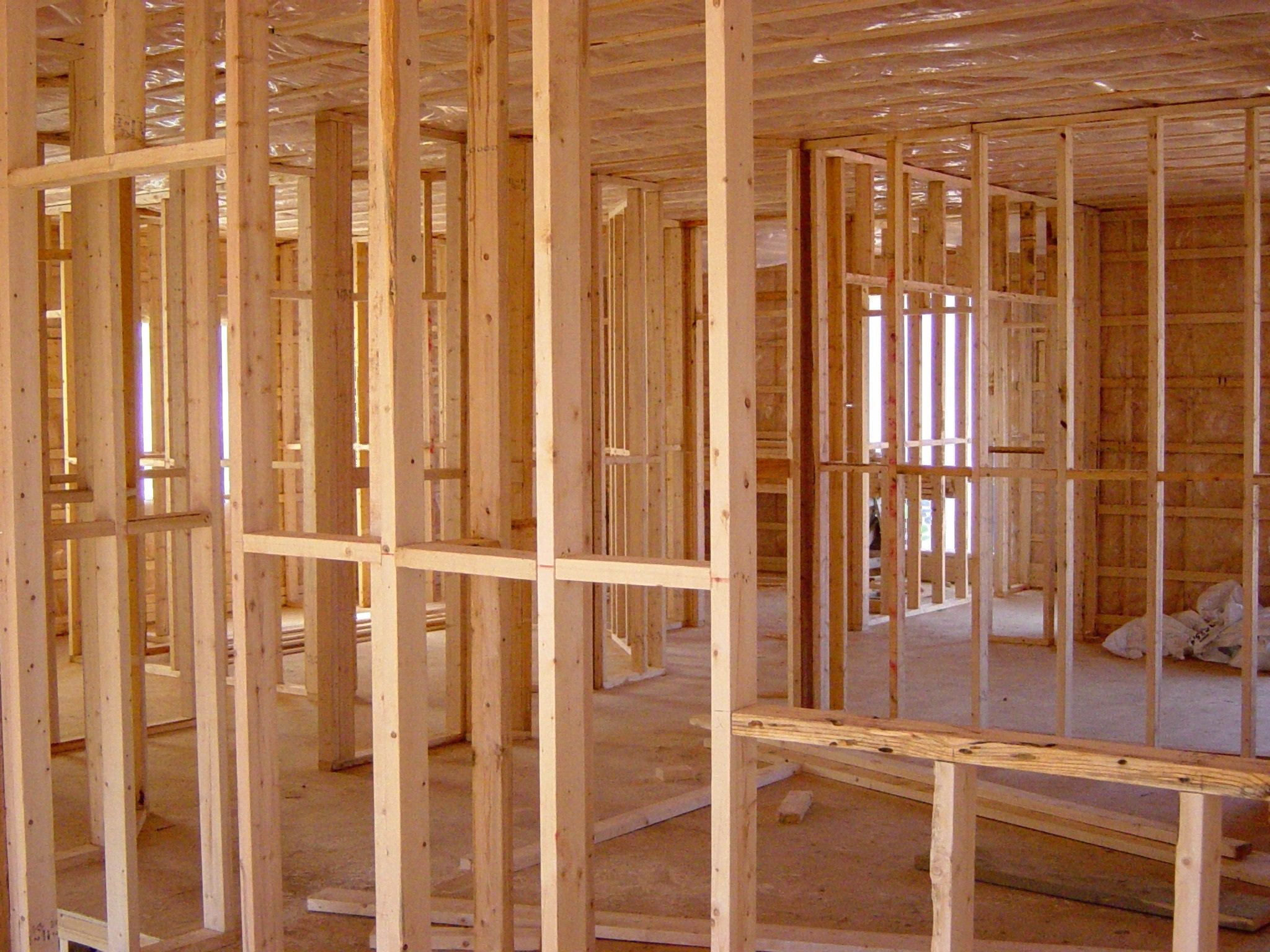We have been very keen throughout this project to consider how our build will affect the environment. Whilst we are not planning to build the kind of house that requires us to drink our own wee, we do want to have a construction that doesn’t make the earth groan. Solar is a great option for us as we can offset our energy usage but also push back any excess energy to the grid. This benefits the world and gives us a bit of a payback too. However, we have to be careful as solar panels can often be large and oppressive on a roof so I was keen to find some more attractive options.
Full Solar Roofs
One of the options we looked into was a full solar roof system from Roofit Solar after seeing a couple on Grand Designs covered their entire roof. This system integrates solar panels seamlessly into the roof’s structure, giving it the appearance of a standing seam metal roof.

The aesthetics were a significant selling point, as they would provide solar without any visible panels. However, this system has its drawbacks. Primarily, it wouldn’t be quite as efficient as conventional solar panels, so wouldn’t generate as much electricity per square metre. It’s not a huge efficiency difference, but factoring in the overall cost of the roof, the ROI would be significantly different. If budget was not an option this would be our chosen option as I think it would go well with the house design.
Solar Tiles
Another aesthetically pleasing option is solar tiles. These are designed to look just like standard roofing tiles but come embedded with photovoltaic cells. This approach maintains the traditional look of your roof while harnessing solar energy.

Similar to the full roof solar, while the aesthetics are great and the panels are essentially invisible, efficiency is understandably not as good as regular panels. A concern I also had, like with the full solar system, was what happens in 10 years if a panel or component needs replacing. If the systems don’t have common/industry-standard panels, or the suppliers are no longer in business what does that mean for maintenance and replacement? Tiles look like a really interesting option, especially for buildings that require slate and especially those with strict planning limitations like listed buildings, but probably wouldn’t be the best option for us.
Regular Solar Panels
Your third and potentially most practical option is the installation of standard solar panels. It is certainly not the most exciting or aesthetic option but would represent the best efficiency and value. My measurements suggest we would be able to fit 40 panels on the south-facing roof.

What occurred to me while researching the options was the possibility of an in-roof system. This would give us a full solar array offset against the cost of the slate that would otherwise be below it were it an on-roof system. If the panels are chosen carefully, an in-roof system can still look elegant. It may not be quite as nice as the full or tile solar, but considering the much lower cost, efficiency and security of future maintenance, it represents the best option for us.
Conclusion
In conclusion, while full solar roofs and solar tiles offer a more stylish and integrated look, they come at a higher cost and lower efficiency. Regular solar panels, on the other hand, stand out as the most efficient and practical option, especially with the potential cost-saving benefits of an in-roof system.




